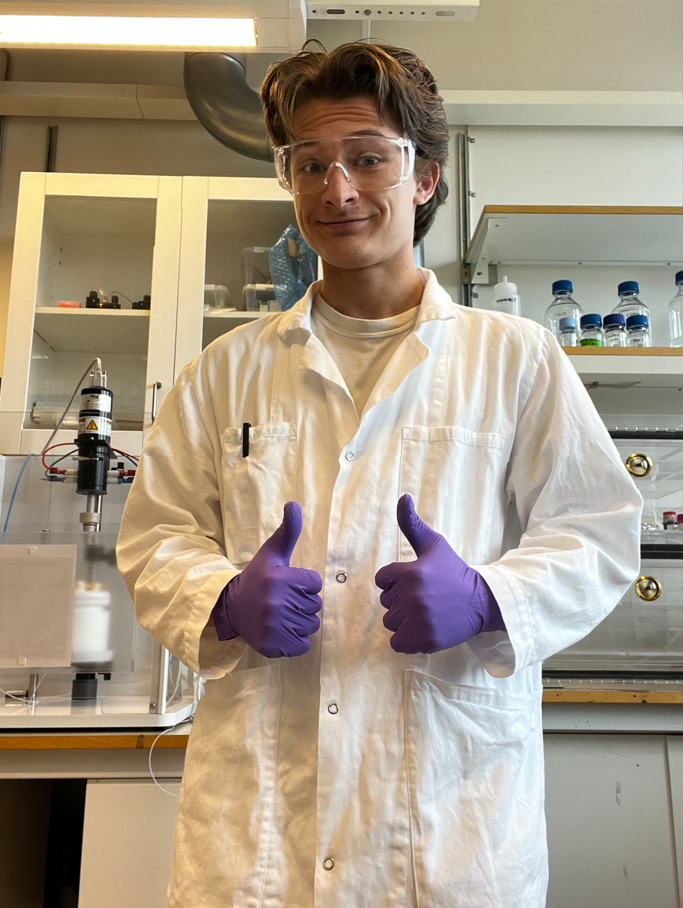
Electrochemical synthesis is becoming an increasingly important area of study as more renewable chemical production methods are needed. Conjugated polymer thin films have been proposed as a cost-effective alternative to the expensive precious metal electrodes typically used in industrial synthesis today. However, the extent of polymerization of commercially available polymers varies widely from batch to batch, making it difficult to study them analytically. Poly(3-hexylthiophene) (P3HT) was chosen as a model system to see the effect that its chain length had on its efficacy as an electrode. Commercially obtained samples were separated into neat, high, medium, and low molecular weight categories via HPLC. These molecular weight fractions were then repeatedly charged and discharged using cyclic voltammograms to compare their electrochemical properties. It was concluded that the medium molecular weight polymer fractions displayed the slowest degradation and highest replicability between varying batches. However, these thin films were the quickest to lose the ability to discharge fully and thus accumulated the most charge over time. In contrast to this, the high molecular weight polymer fractions obtained the highest polaron formation but rapidly degraded at higher applied potentials. This demonstrates the importance of the purification of polymers based on molecular weight for producing replicable and reliable results in both academic and industrial work. Further characterization of the fractions’ morphologies will provide insights into how the charge transfer dynamics change based on the molecular weight.